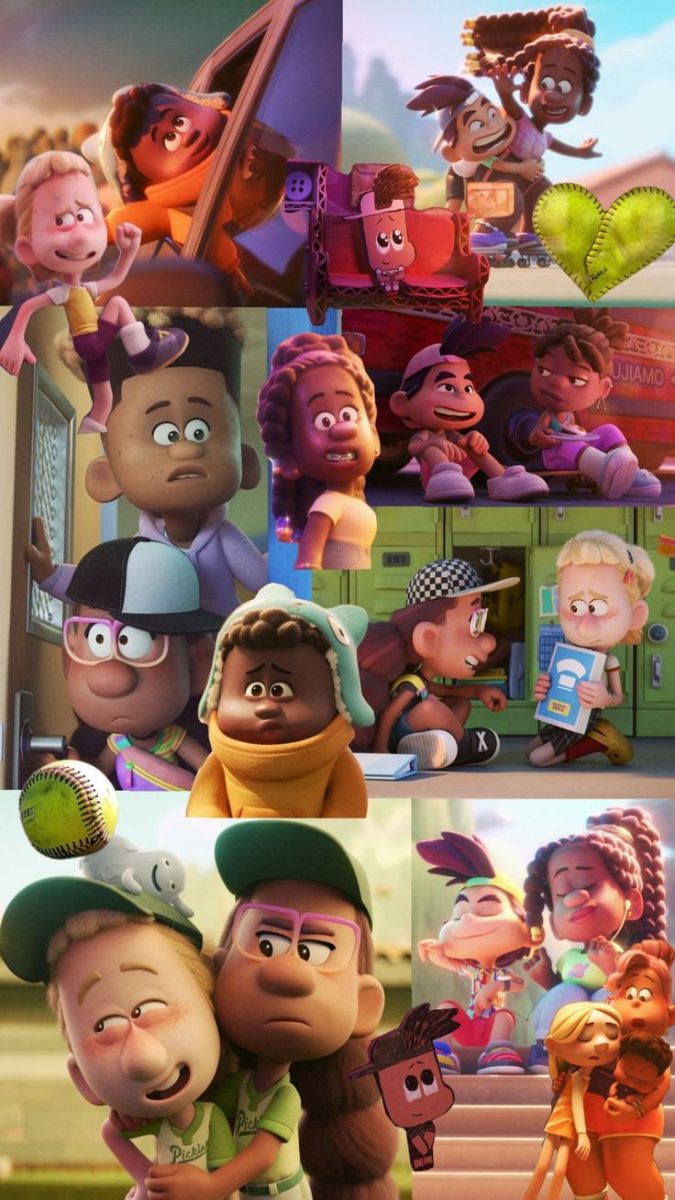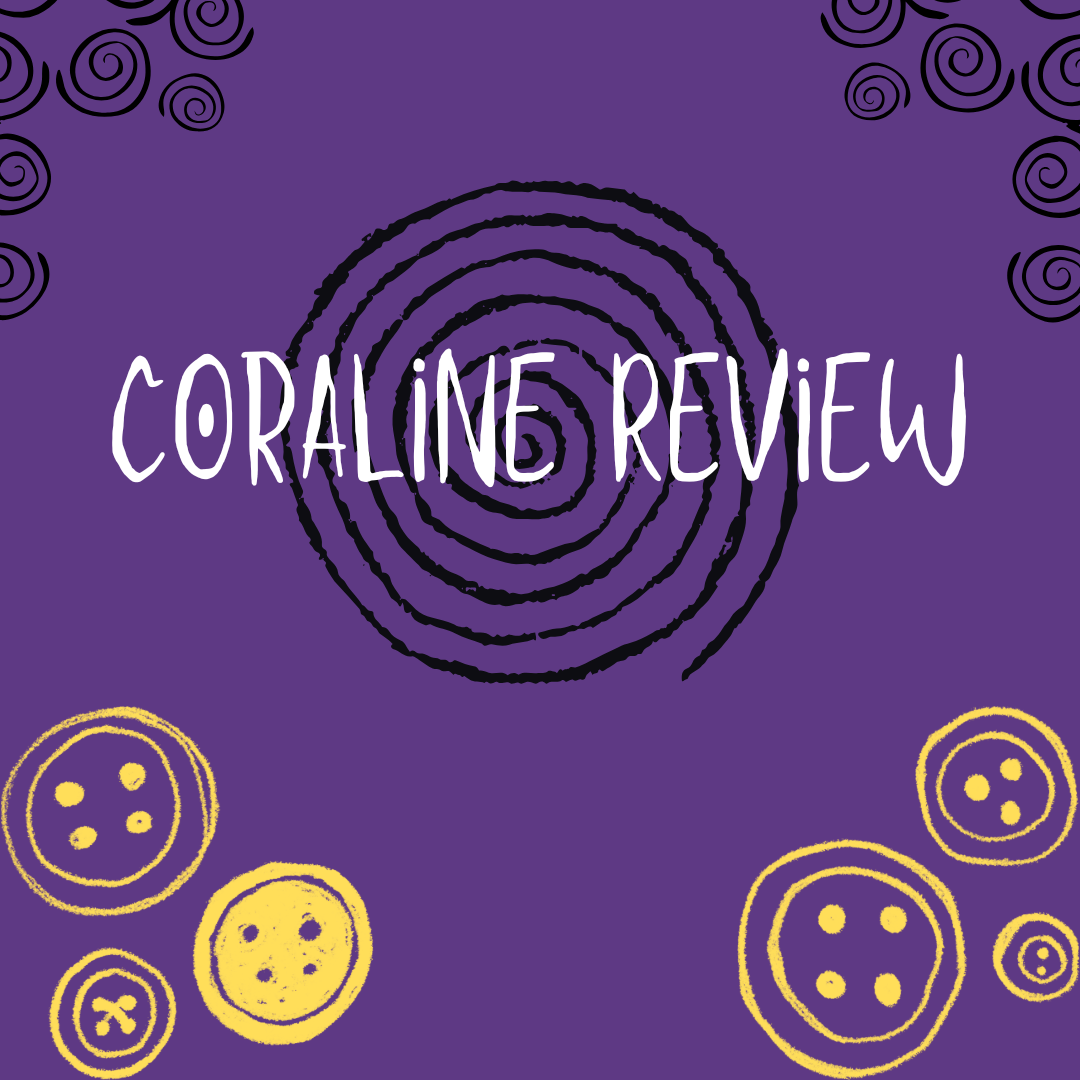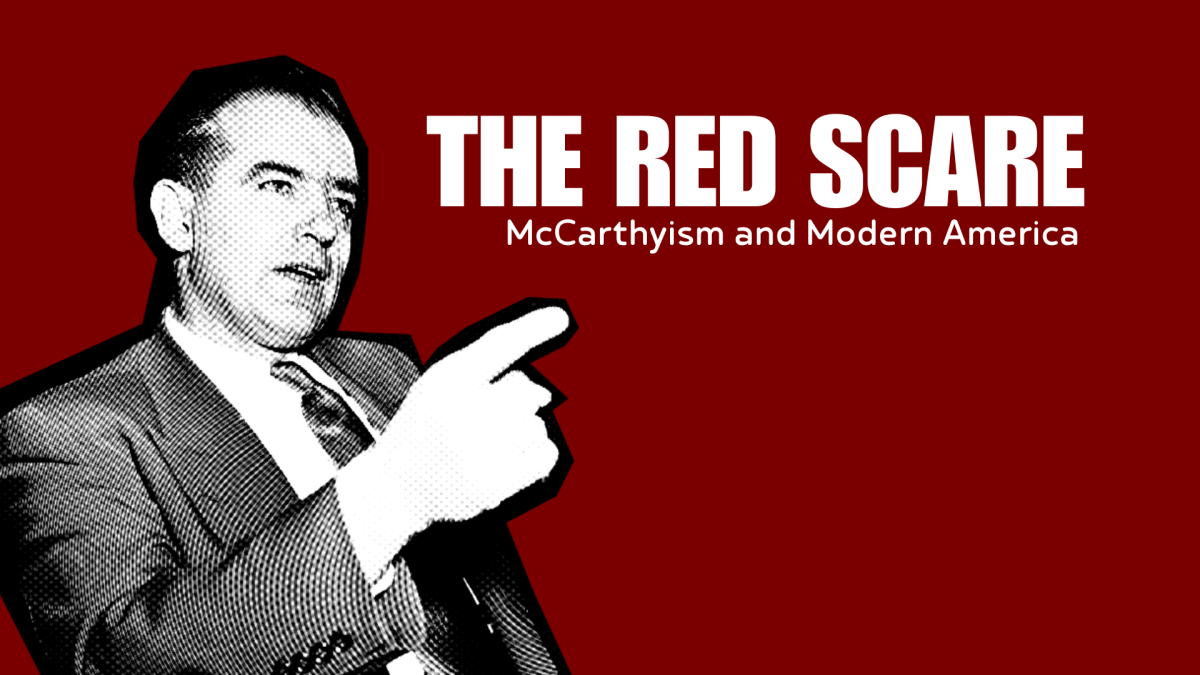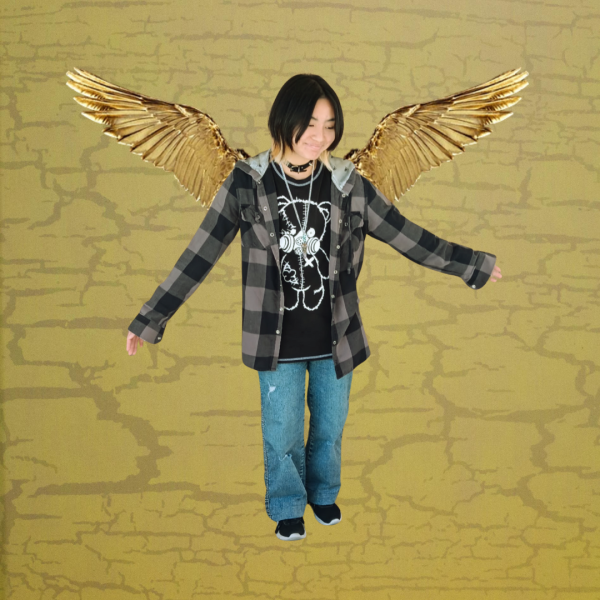Disney’s new series Win or Lose has been a subject of debate among many critics and Pixar fans. Some feel the show is a quirky series that tackles difficult and relatable issues, while others argue it’s a continuation of Disney’s decline in quality.
Win or Lose centers around the middle school softball team, The Pickles, as they navigate the pressures and personal struggles before the championship game. It is told from the perspective of different players and people involved with the team.
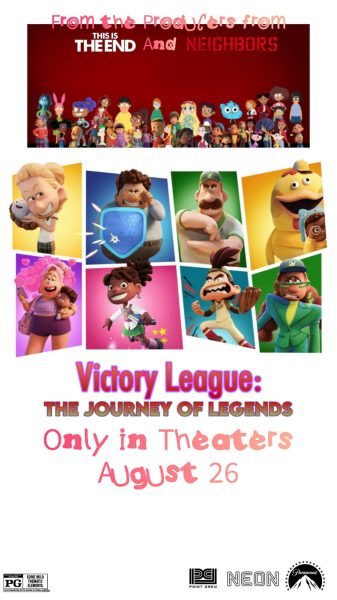
The show is entertaining enough, with a nice blend of comedic and emotional storytelling. It hits on a lot of relatable topics such as insecurities, complicated parent-child relationships, and the questioning of one’s abilities and decisions. These themes extend beyond the field, as umpire Frank “Blue” struggles to be emotionally vulnerable and team Mom Vanessa faces challenges as a single mother.
“I loved this show. It’s so cute, relatable, and realistic in all the right ways,” says Sara Burris, a fan of the show.
That being said, there were also places where Disney missed the mark— or rather, the ball. The biggest issue with Win or Lose is the pacing. Each episode is incredibly short (about 20 minutes) and ends with a tense cliffhanger. While this strategy is meant to build suspense, it takes away from the overall impact. The multi-perspective storytelling, while innovative, can make the plot feel fragmented. This keeps us waiting until the end to find out what happens to each of the characters.
Another heavily debated part of Win or Lose is Disney’s decision to delete a queer storyline. Episode 7 follows a character named Kai, who struggles with the weight of her father’s expectations. While Kai’s switch from baseball to softball is mentioned, the show avoids any discussion of gender identity. While it’s encouraging to see trans representation, the portrayal of Kai felt somewhat “censored.” Kai’s self-discovery journey was a huge part of her character arc. However, it seems like Disney downplayed it for fear of controversy.
In terms of animation, Win or Lose was alive and well. Each episode had a unique style that aligned with the POV it was being told from. This allowed the audience to enter each character’s world, experiencing their emotions, chaos, and triumphs. The visual metaphors, such as Blue’s “Armor” and Rochelle’s “Business” persona, help reinforce key themes about the protagonists’ struggles.
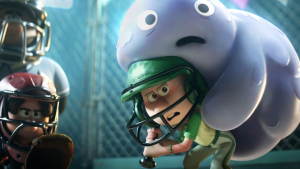
“Its animation techniques personalize every character’s episode and always keep you guessing,” says Rendy Jones, who enjoyed the show’s unique approach.
The final episode hit in all the right places, spotlighting every character and finally tying up (most) loose ends. It was cool to see the story from the coach’s perspective, as it allowed us to see beyond his calm and collected appearance. While the ending was satisfying, it could get overwhelming at times since there was so much to resolve. That being said, the different perspectives were woven together well, making the finale action-packed and fast-paced (albeit a little much at times).

